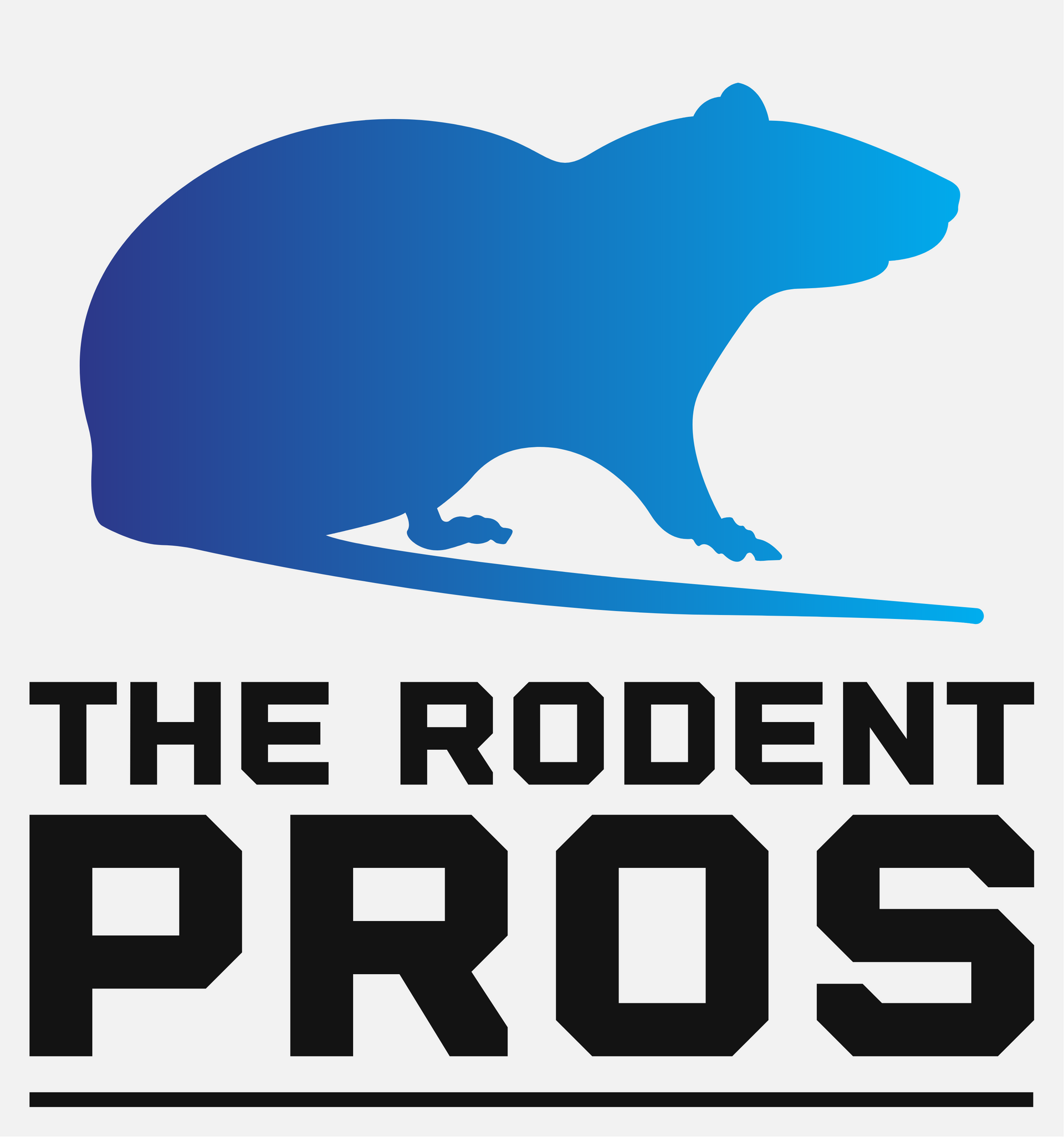
Rodent Control In Oldsmar Florida
The Rodent Pros Offer rodent trapping, rodent removal, rodent exclusion, rodent sanitation and rodent remediation services Oldsmar and to all cities within a 50 miles radius of Tampa Florida.
To Call and schedule a free inspection click here
Effects of Rodents on Residents in Oldsmar, Florida
Chapter 1: Types of Rodents in Oldsmar
1.1 Common Species
- Norway Rats
- Roof Rats
- House Mice 1.2 Identification and Habitats
- Physical characteristics
- Preferred environments
Chapter 2: Health Impacts of Rodents
2.1 Disease Transmission
- Hantavirus
- Leptospirosis
- Salmonellosis 2.2 Allergies and Asthma
- Impact on respiratory health 2.3 Psychological Effects
- Anxiety and stress related to infestations
Chapter 3: Economic Impact on Residents
3.1 Home Damage
- Structural damage to properties
- Damage to insulation, wiring, and plumbing 3.2 Costs of Control and Repairs
- Expenses for pest control services
- Costs associated with repairing rodent damage
Chapter 4: Impact on Quality of Life
4.1 Daily Living Disruptions
- Rodents in living spaces and food supplies 4.2 Safety Concerns
- Risks from gnawed electrical wires 4.3 Impact on Pets
- Health risks to domestic animals
Chapter 5: Community and Environmental Effects
5.1 Impact on Public Health Systems
- Burden on healthcare resources 5.2 Effects on Local Businesses
- Infestations in restaurants and stores 5.3 Environmental Consequences
- Impact on local wildlife and ecosystems
Chapter 6: Rodent Control Measures
6.1 Prevention Strategies
- Home maintenance tips
- Landscaping and outdoor management 6.2 Control Methods
- Traps and baiting
- Use of natural repellents 6.3 Professional Pest Control
- Services offered
- Effectiveness and costs
Chapter 7: Case Studies
7.1 Personal Accounts
- Interviews with affected residents 7.2 Community Initiatives
- Local government responses
- Community-driven pest control programs
Conclusion
- Summary of findings
- Recommendations for residents and policymakers
- Future research directions
Introduction
Overview of Oldsmar, Florida
Oldsmar, Florida, located in Pinellas County, is a vibrant community known for its picturesque views, parks, and residential areas. Despite its idyllic setting, like many other regions, Oldsmar faces challenges related to rodent infestations. Rodents, particularly rats and mice, are common in both urban and suburban environments, posing significant problems for residents.
General Information About Rodent Species in Oldsmar
The primary rodent species found in Oldsmar include Norway rats (Rattus norvegicus), roof rats (Rattus rattus), and house mice (Mus musculus). These rodents are notorious for their ability to adapt to human environments, find food and shelter, and reproduce rapidly. Their presence is not just a nuisance but also a serious threat to public health, property, and overall quality of life.
Importance of Studying the Impact of Rodents on Residents
Understanding the effects of rodents on residents in Oldsmar is crucial for several reasons. Firstly, it helps in identifying the health risks associated with rodent infestations, such as disease transmission and allergic reactions. Secondly, it sheds light on the economic burden placed on residents due to property damage and pest control expenses. Lastly, it emphasizes the need for effective rodent control measures to protect public health and enhance the quality of life in the community.
By exploring these aspects in detail, this essay aims to provide a comprehensive understanding of the multifaceted impact of rodents on the residents of Oldsmar, Florida. This knowledge can serve as a foundation for developing effective strategies to mitigate these impacts and ensure a healthier, safer living environment for all.
Chapter 1: Types of Rodents in Oldsmar
1.1 Common Species
In Oldsmar, the most prevalent rodent species include the Norway rat, roof rat, and house mouse. Each of these species has unique characteristics and behaviors that influence their interaction with human environments.
- Norway Rats (Rattus norvegicus): Also known as brown rats, they are large, robust rodents with a heavy build, coarse fur, and a tail shorter than their body length. They prefer burrowing and are often found in basements, sewers, and ground floors.
- Roof Rats (Rattus rattus): These are smaller, more agile rats with sleek bodies, large ears, and tails longer than their body length. Roof rats are excellent climbers and are typically found in attics, roofs, and elevated outdoor areas.
- House Mice (Mus musculus): House mice are small, with large ears, pointed noses, and light brown to gray fur. They are highly adaptable and can live in a variety of indoor and outdoor environments, often nesting in walls, cabinets, and storage areas.
1.2 Identification and Habitats
- Physical Characteristics: Detailed descriptions of size, color, and distinguishing features.
- Preferred Environments: Habitats within residential areas, including indoor and outdoor preferences.
Chapter 2: Health Impacts of Rodents
2.1 Disease Transmission
Rodents are vectors for numerous diseases that can affect human health. These include:
- Hantavirus: Transmitted through contact with rodent urine, droppings, or saliva, hantavirus can cause severe respiratory illnesses in humans.
- Leptospirosis: This bacterial infection spreads through water contaminated with the urine of infected rodents, leading to symptoms ranging from mild flu-like illness to severe organ failure.
- Salmonellosis: Caused by bacteria found in rodent feces, it can contaminate food and surfaces, leading to gastrointestinal illness in humans.
2.2 Allergies and Asthma
- Impact on Respiratory Health: Rodent dander, urine, and droppings can trigger allergic reactions and asthma attacks, particularly in sensitive individuals and children.
2.3 Psychological Effects
- Anxiety and Stress: The presence of rodents in the home can cause significant psychological distress, leading to anxiety, sleep disturbances, and a sense of insecurity.
Chapter 3: Economic Impact on Residents
3.1 Home Damage
Rodents can cause extensive damage to homes, including:
- Structural Damage: Gnawing on wood, insulation, and other building materials can compromise the structural integrity of homes.
- Damage to Insulation, Wiring, and Plumbing: Rodents often chew on electrical wires, which can lead to short circuits and fires, and damage to pipes, resulting in leaks and water damage.
3.2 Costs of Control and Repairs
- Expenses for Pest Control Services: Regular professional pest control services can be costly, especially in severe infestations.
- Costs Associated with Repairing Rodent Damage: Home repairs due to rodent damage can be expensive and time-consuming, adding financial stress to affected residents.
Chapter 4: Impact on Quality of Life
4.1 Daily Living Disruptions
- Rodents in Living Spaces and Food Supplies: Rodent activity in kitchens and pantries can lead to contamination of food supplies and a disruption of daily living routines.
4.2 Safety Concerns
- Risks from Gnawed Electrical Wires: Chewed wires pose a serious fire hazard, threatening the safety of residents.
4.3 Impact on Pets
- Health Risks to Domestic Animals: Rodents can transmit diseases to pets and compete with them for food and shelter.
Chapter 5: Community and Environmental Effects
5.1 Impact on Public Health Systems
- Burden on Healthcare Resources: Increased medical visits and treatments related to rodent-borne diseases can strain local healthcare systems.
5.2 Effects on Local Businesses
- Infestations in Restaurants and Stores: Rodent infestations can lead to health code violations, business closures, and loss of revenue.
5.3 Environmental Consequences
- Impact on Local Wildlife and Ecosystems: Rodents can disrupt local ecosystems by preying on native species, competing for resources, and spreading diseases to wildlife.
Chapter 6: Rodent Control Measures
6.1 Prevention Strategies
- Home Maintenance Tips: Regular home maintenance can prevent rodent entry and reduce the likelihood of infestations.
6.2 Control Methods
- Traps and Baiting: Different types of traps and baits can be used to control rodent populations effectively.
6.3 Professional Pest Control
- Services Offered: Overview of professional pest control services, including inspections, treatments, and follow-up visits.
Chapter 7: Case Studies
7.1 Personal Accounts
- Interviews with Affected Residents: Personal stories and experiences of residents dealing with rodent infestations.
7.2 Community Initiatives
- Local Government Responses: Initiatives and programs implemented by local authorities to address rodent problems.
- Community-Driven Pest Control Programs: Efforts by community groups to manage and prevent rodent infestations.
Conclusion
- Summary of Findings: Recap of the key points discussed in the essay.
- Recommendations for Residents and Policymakers: Practical advice for residents and suggestions for policymakers to address rodent issues effectively.
- Future Research Directions: Areas for further study to improve rodent control and understand their impacts better.
600 Cleveland Street
suite 374

